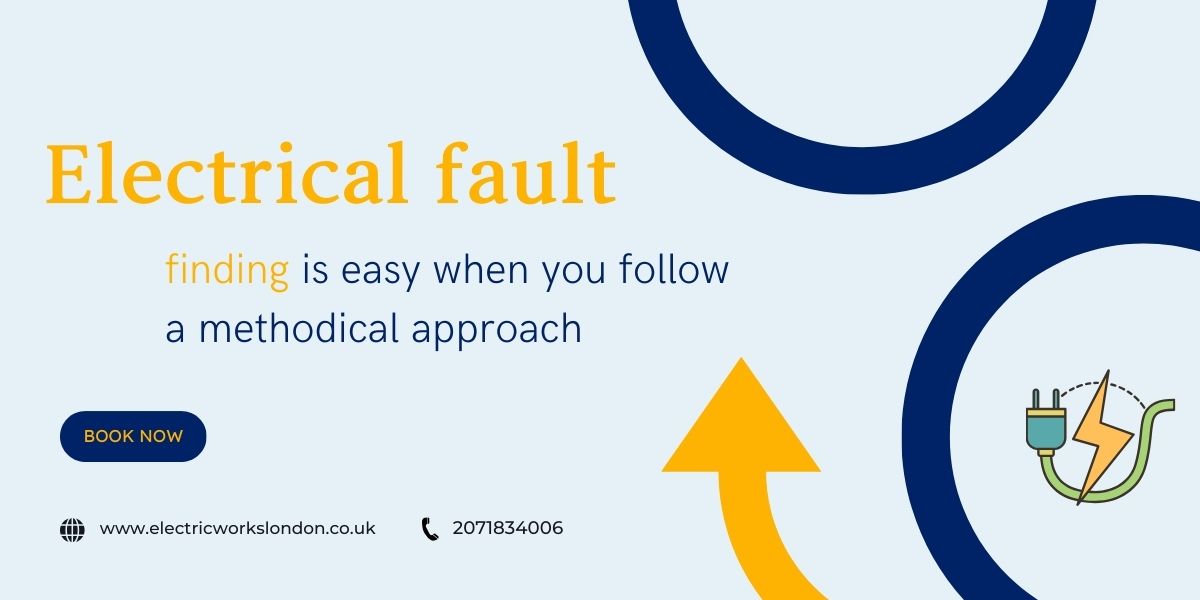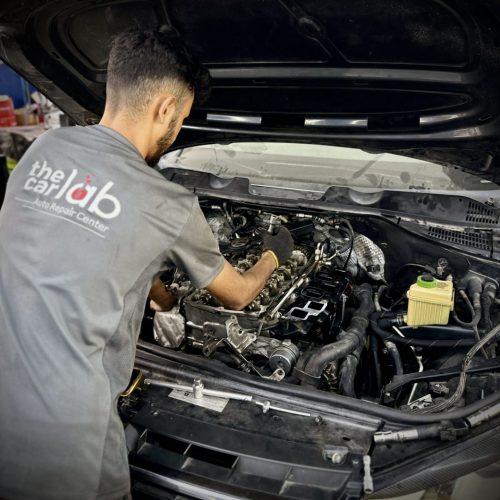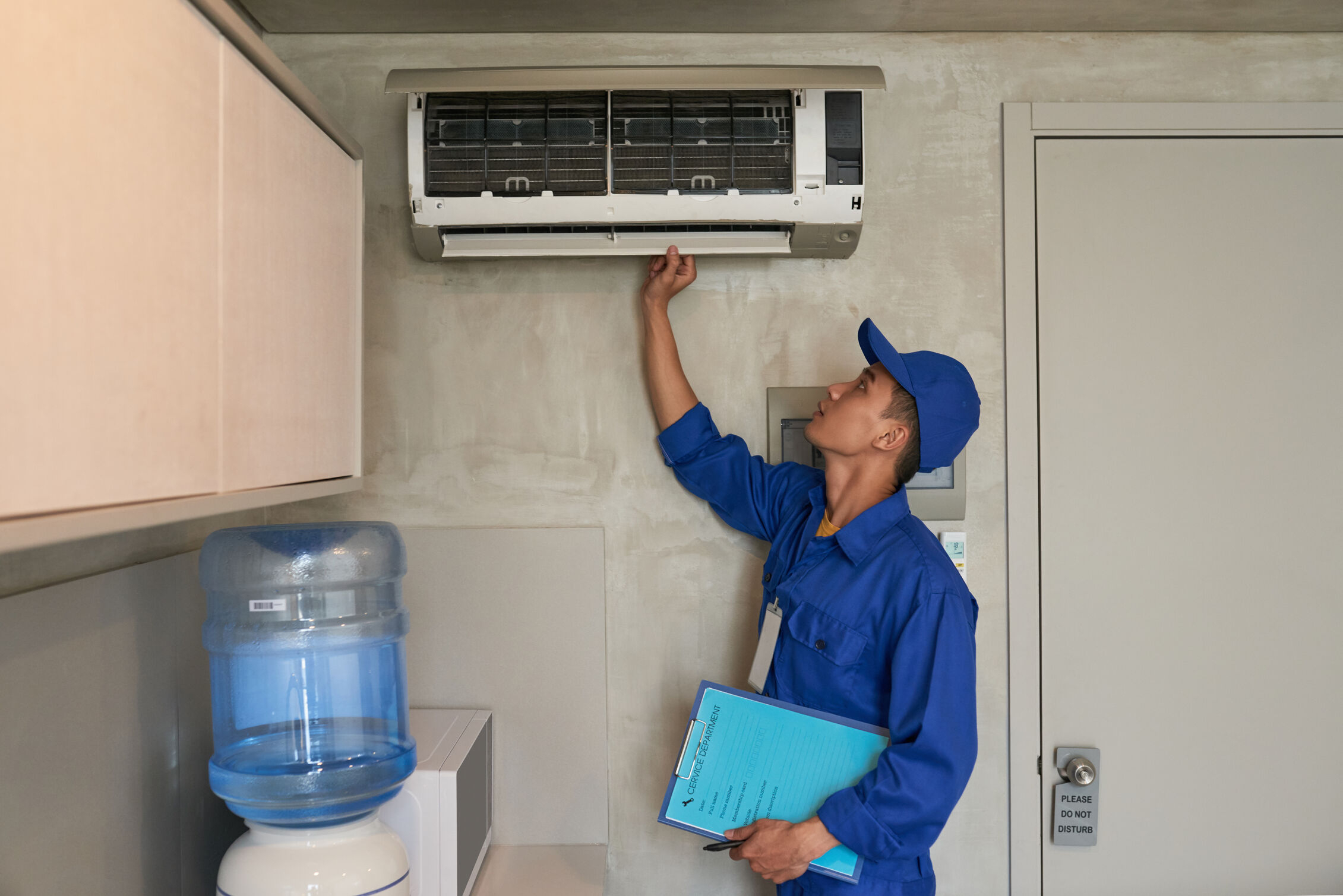Any electrical fault is an unplanned event which occurs unexpectedly. It is never a natural occurrence. It often proves challenging even for a qualified and experienced electrician to immediately the underlying cause behind the problem while handling cases of electrical fault. The approach to identify the cause is usually the one and the same. The focus is given on the scenario that was going on right at the time a fault occurs. A detailed inspection only starts when it is established that there was no error on part of the user in creating the fault.
Common Causes of Electrical Faults
First it is seen whether the fault has occurred because of water damage. When water is the root cause behind creating an electrical fault, it is also called vermin. If that is not the case then the second most obvious reason is failure of the initial installer in correctly selecting and installing the electrical installation to comply with the latest standards and regulations. In other words, factors like poor installation techniques and poor designs also contribute to faults in electrics. So it is crucial ensuring the design of an installation is flawless to serve its intended purpose.
Typical Locations of Electrical Faults
Faults that are common in electrical wiring systems usually do not occur along the length of the cable although such faults are possible when a cable is installed the wrong way. Moreover if a cable gets damaged then faults may occur along its length. In most cases it is found that faults occur in equipments and in accessories that are connected by cables explains a skilled and experienced electric fault finder based in London. The BS 7671 emphasises on ensuring that connections are both electrically and mechanically sound. But in real world scenario mistakes are likely to occur.
Importance of Proper Connections
And so it is crucial that correct torque tightening of terminals is always confirmed. Connections to accessories or equipments may fail under both circumstances – under tightening and over tightening. This makes the Regulation 526.3 relevant which instructs to make sure that each and every connection has to be accessible for inspection, testing and maintenance. It is possible to lessen the impact of faults and that can be done by designers. However as far as reality is concerned, it is not possible for designers to entirely design out the chances of occurring of faults. Apart from that there can also be other factors behind occurrence of electrical faults in any installation which include overuse, misuse, negligence, and abuse. Any of these factors may result in creeping up of faults in electrical systems and equipments that are both perfectly designed and installed.
Preventing and Managing Electrical Faults
It is possible to lessen the risk of faults by taking proper care of electrical installations at routine intervals. In other words this means working steadily on a systematic maintenance regimen like carrying out thorough inspections and testing on regular basis and strictly maintaining facilities management programmes. The process involved in finding faults is obviously challenging for both trainee electricians and electricians who have got their qualifications pretty recently and now need time to learn the rope explain qualified professionals who provide electrical fault finding service in London over the years. However the task does not prove to be challenging provided one takes a methodical approach. Moreover sound understanding of electrical circuits is necessary along with high level of competence in both testing and inspection.
It is also relevant to mention in the context that each and every step involved in fault finding must be taken with great caution and safety. One must implement safe systems of work like safe isolation to keep potential hazards at bay while carrying out fault finding in electrical systems.
A convenient point of getting started
For greater convenience it always better to break down the task of fault finding into easy and simple steps. To make things even easier consider using a methodology involving the following – who, where, when and why.
Here are more about this methodology.
Start with identifying a symptom or problem
First it is important identifying what exactly is taking place in a system. It could be recurring tripping of a protective device. Once the issue is identified, it becomes easier formulating in the mind what is the underlying cause behind it. Even if the problem is only in its early stages, yet this approach is more likely to yield result. Trained and experienced professionals who quote reasonable cost for electrical fault finding in London suggest always start with the obvious and just do not make any effort of rushing in and dismantling the electrical installation. Dismantling can be done only when it turns out to be necessary.
Collect substantial information or evidence first
First work on gathering information or evidence; sound knowledge of electrical installation and its related circuits proves helpful to accomplish the task of information collection easily. Thankfully there are several sources from where the relevant information can be collected which include
- Manufacturer’s manual
- Drawings and circuit diagrams
- Circuit charts and schedules
- People including you, your client and the designer who worked on the project
- Previous test results also prove helpful to a large extent
Analysing the evidences collected
After substantial evidences are gathered, those need to be analysed with help of standard tests and careful visual inspection. Visual inspections often prove helpful identifying the underlying cause of a fault; for example ingress of water into a piece of electrical equipment. It is relevant to mention in this context in the opinion of electricians who quote reasonable cost for fault finding there is no better alternative to standard testing when backing up an initial suspicion is concerned or to run comparisons with earlier test results.
Interpreting information, findings of inspections and test results
Obvious problems are easy to ascertain by a careful visual inspection although complex faults are obviously not that easy to break through. Apart from obvious faults and complex faults, most of the other types of faults usually come under one of the following categories, like – open circuit, short circuit, high resistance, cross polarity and earth fault (which is also called leakage).
According to trained and licensed electricians working at the widely trusted Electric Works London a given electrical circuit or installation may have more than one fault. In such cases the best thing to do is identifying and correcting only one fault at a time. This way you stick to a methodical approach and not get confused in the process.











